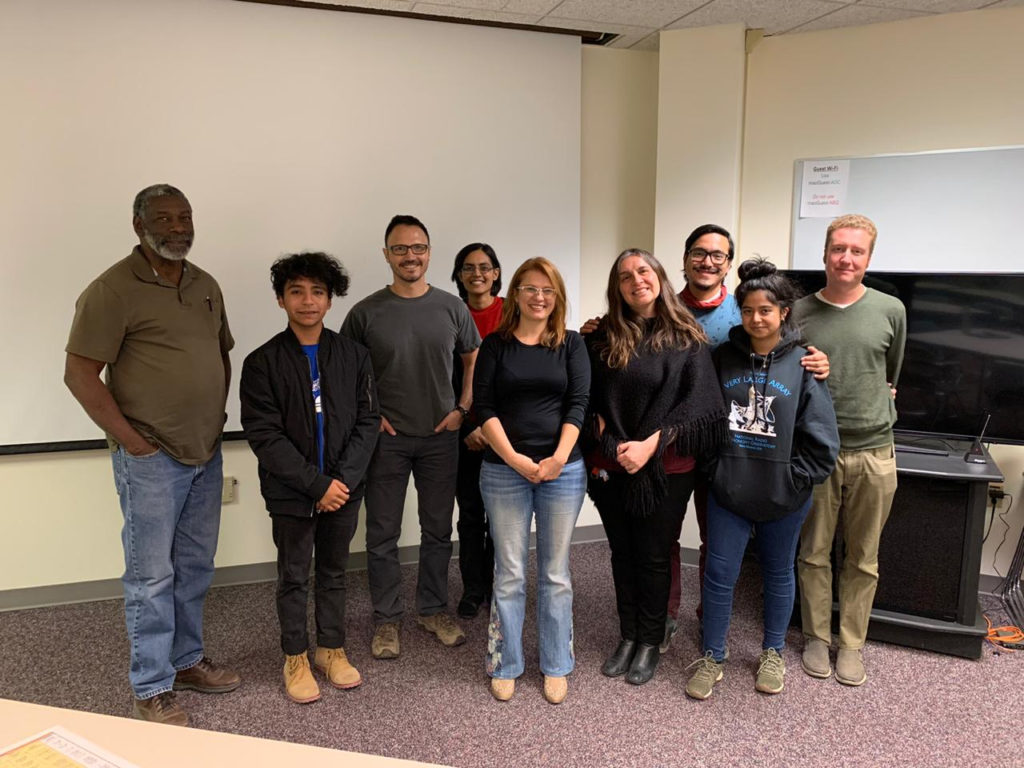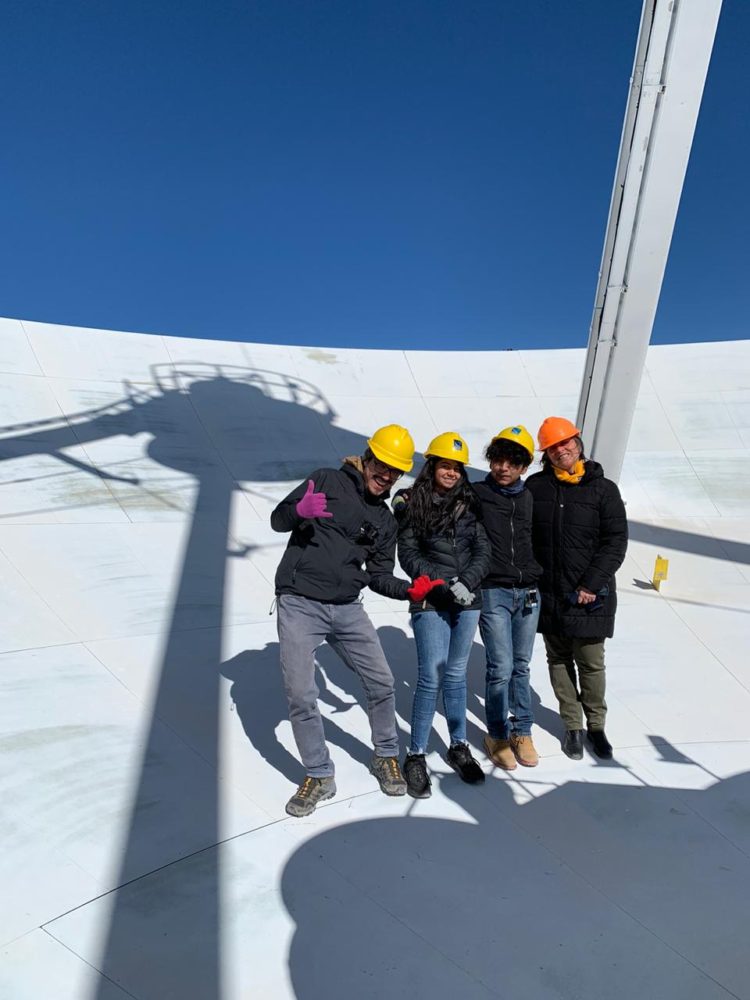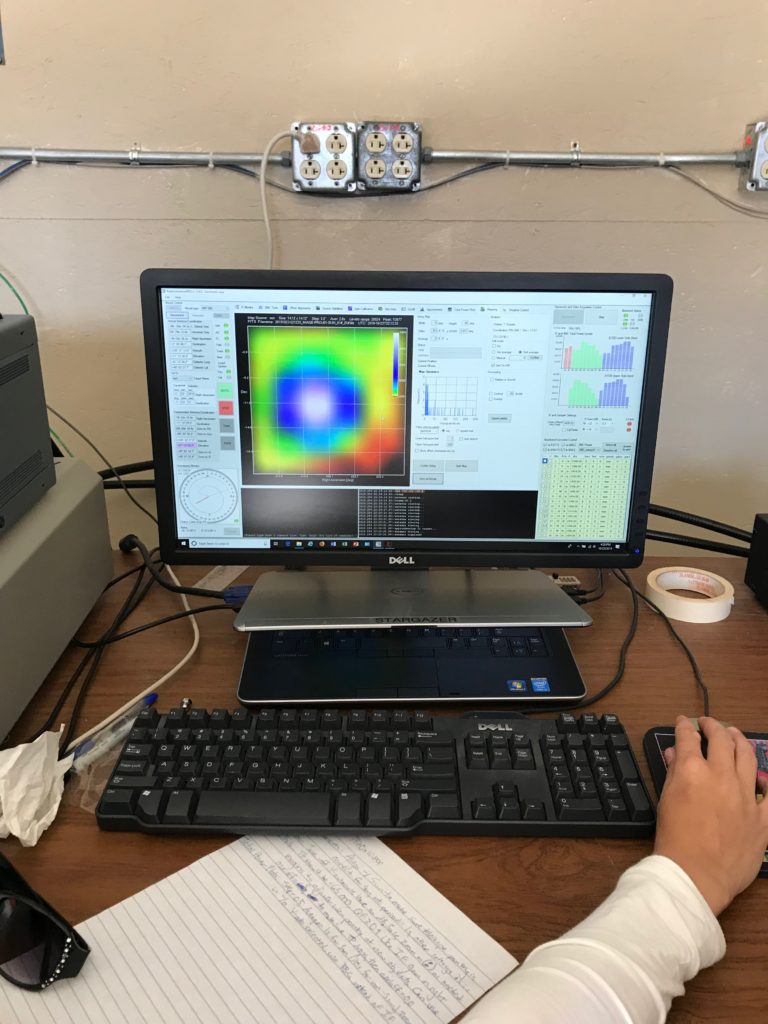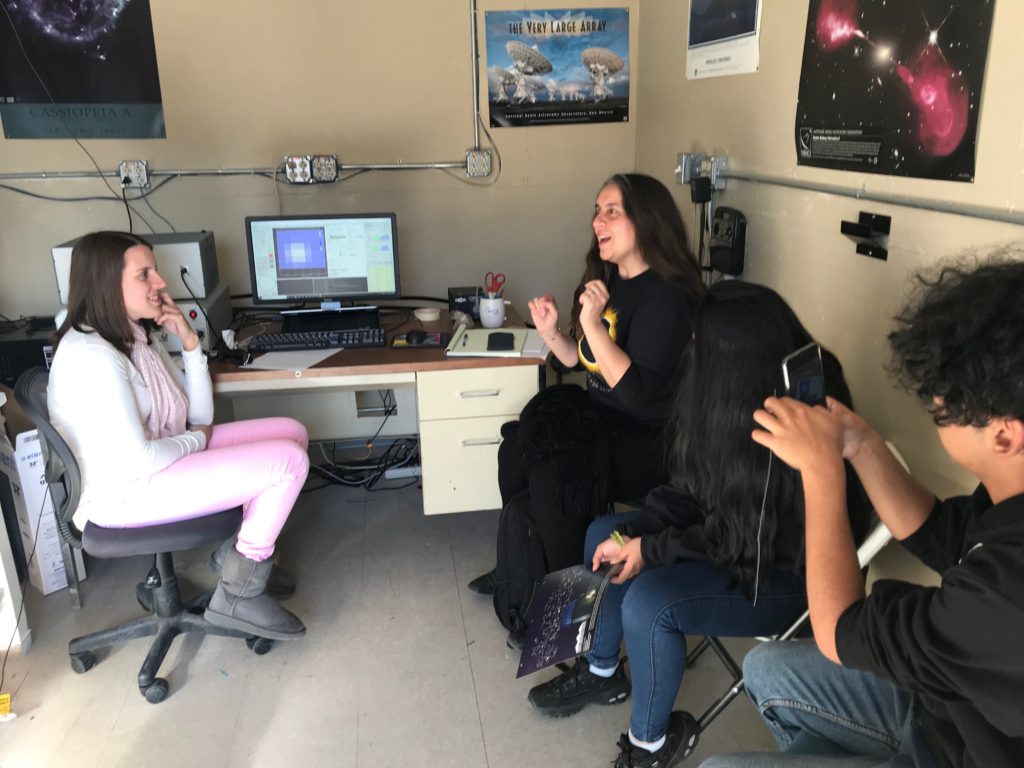Sister Cities and Observatories (SCO) is a collaboration with Associated Universities Incorporated (AUI), the National Radio Astronomy Observatory (NRAO), the Atacama Large Millimeter/submillimeter Array (ALMA), and the schools surrounding the Very Large Array (VLA) in New Mexico and ALMA in San Pedro de Atacama in Chile. The program seeks to reinforce the school curriculum through STEAM activities and encourage cooperation between students and teachers in both countries. Students and teachers participating in the program engage in shared research experiences and become ambassadors in their respective local schools.
For ten days in October, NRAO in Socorro, NM hosted two students and a teacher from Tocanao, Chile as part of the Sister Cities and Observatories (SCO) program. Sister Cities is a STEAM student exchange program linking together the educational and scientific communities from the VLA in New Mexico and ALMA in Chile. Cohorts consist of two students and a teacher who
This year’s Chilean cohort was comprised of mathematics teacher Filipe Lizana, and students Simón Contreras (11th grade) and Camilla Pérez (9th grade), from the Toconao Educational Complex. The cohort, along with Sonia Duffau, the Outreach and Diversity Officer for AUI/NRAO, was hosted at the Domenici Science Operations Center (DSOC) in Socorro, NM by NRAO’s STEAM Education team from October 20 – October 30, 2019.
During their stay, the cohort participated in a myriad of scientific, educational, and cultural activities. The visit kicked off with a tour of the VLA, with the opportunity to go on an antenna climb, and a chance to speak with several VLA employees about their experiences working on the array. On another day, the cohort was introduced to our SPIDER 300A radio telescope at New Mexico Tech’s Etscorn University where they participated in making a radio map of the Sun. Over the weekend, they attended the Enchanted Skies Star Party in Magdalena, NM to hear a talk by Holly Hagy, a teacher from the Magdalena Schools who had traveled to Chile last March as a member of the previous 2018-2019 SCO New Mexico cohort.
On the educational front, thanks to Principal Leslie Clark, the students spent a day and a half attending classes at Magdalena High School to experience a typical American school day. Classes ranged from Home Economics to Spanish to Navajo Studies. Despite the language barrier, everyone thoroughly enjoyed the opportunity to compare and contrast teaching and learning styles in the U.S. with those in Chile. Additionally, the cohort had the chance to spend extra time with the Navajo Studies teachers with whom they shared their knowledge of the local indigenous people near Toconao.
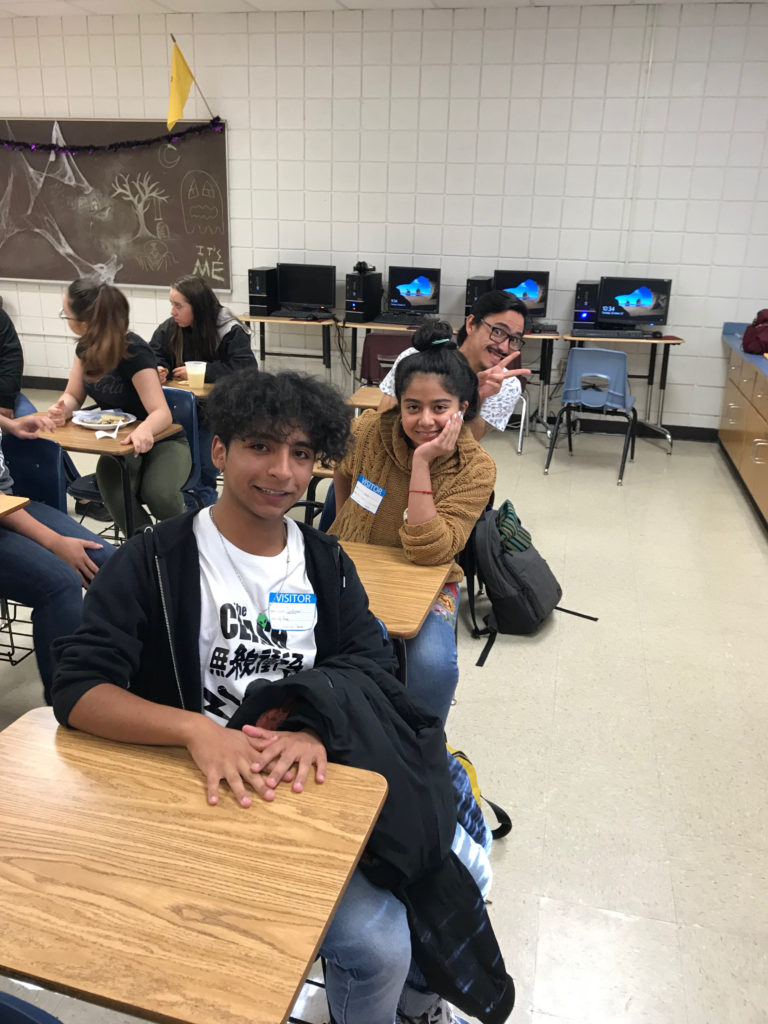
Between scheduled events, the cohort used DSOC as a home base to learn more about NRAO, meet and network with the Socorro staff, and begin work on their individual projects. A vital part of the SCO program is the year-long research project each member of the cohort proposes and begins during their trip. Projects can range from the astronomical to the cultural and everything in between. The projects for this year’s cohort focus on helping to translate the science and engineering of the VLA and ALMA to high school students (Simón), building a sun-dial at school that includes references to both ancient and modern astronomy in Chile and the U.S. (Camilla), and investigating how to efficiently share the wi-fi of the school with the local residents in Toconao (Filipe). Our STEAM Ed team connected the team with NRAO scientists and engineers who could advise, support, and mentor them in their efforts, both during their visit and once they returned home. Throughout the coming year, the cohort will be reunited with NRAO, virtually, to provide updates on their projects and to build on the relationships begun during their travels.
